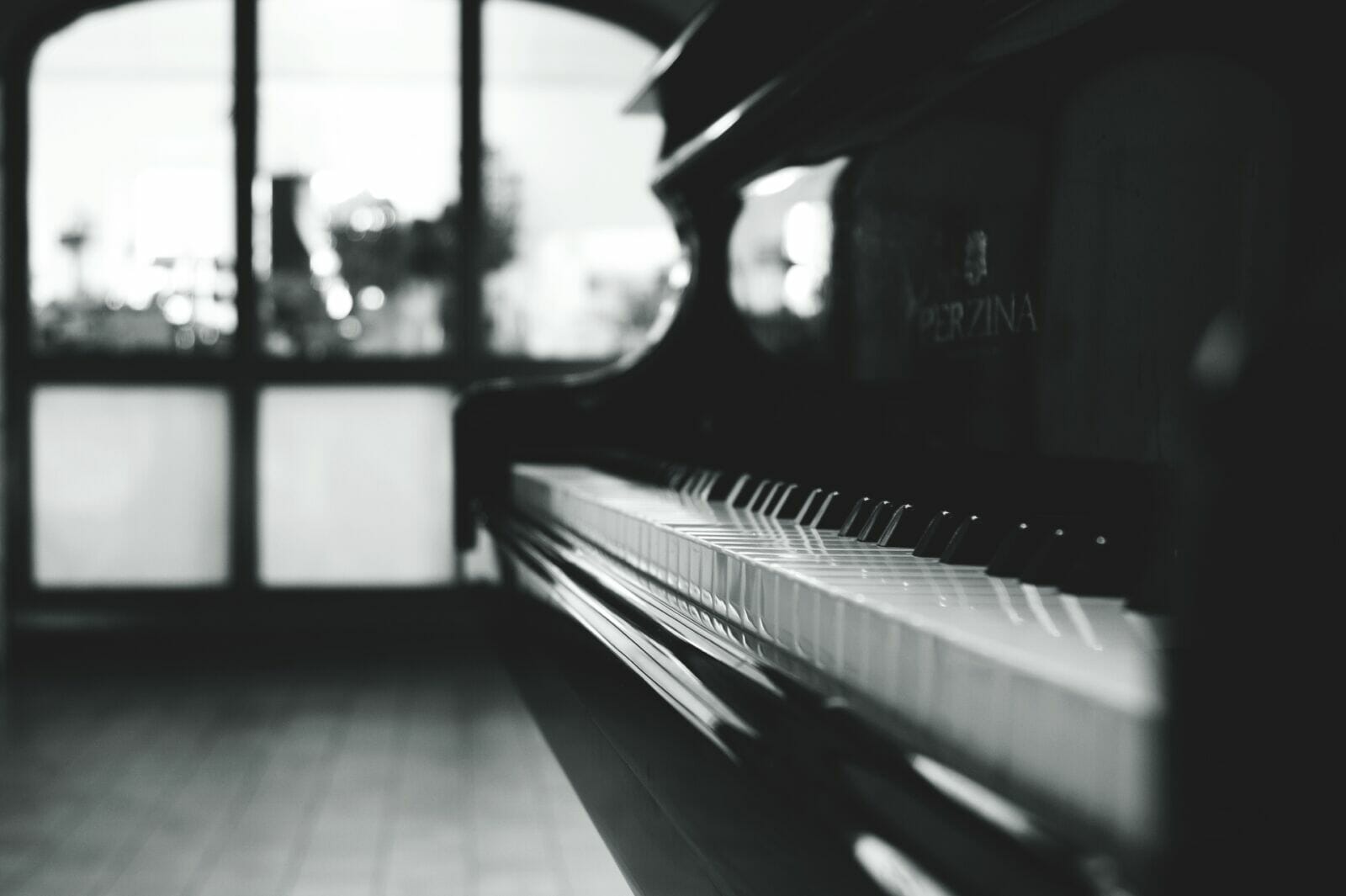First-time purchases always have a calming sense, but there is also tremendous pressure to ensure you will obtain the best quality for your money. Like other purchases, buying a piano typically leaves more than half of customers unsure of what to search for. Choosing the proper piano can be challenging because every piano is different from the next in size, color, and tone. However, you may get all the information from this source to make a purchase confidently.
The Sound
When at Greene Music, you should play the piano before you buy it to see if you like the sound. This is a matter of personal preference; some individuals choose a brighter tone, while others favor a mellower tone. A nice piano tone is usually full and round. You can also get expert advice from a qualified piano technician or an experienced music teacher. Pay attention to how consistently the piano produces sound. Are the key volumes constant? Play the piano with equal force for each note, and then listen for any sudden changes in volume. Is the sound quality constant, too? Keep an ear out for tones that seem surprisingly brighter or mellower than the others.
Size: Soundboard Area, String Length
Bigger used pianos for sale are better, assuming equal or better quality in all aspects. Longer strings can be accommodated on the larger frame (iron plate) with superior and smoother scaling between registers. The soundboard’s front is where the frame is attached, which also benefits from the size. Although a larger piano might sound better, ensure the design and condition (and, if used, wear) of the mechanical parts (keyboard, action, hammers) are not inferior to those of a smaller piano at the same price.
Appearance
Individuals may differ in this aspect. Since a piano can be a focal point in a room, some people might regard its appearance as essential, while others might not. There are numerous colors and designs for pianos. Due to their ability to go with various home décor, black and mahogany are popular colors.
Purpose
Does the student intend to play the piano as a pastime or long-term interest? Beginner students may decide to forego purchasing a more expensive model in favor of used pianos for sale or even a full-size keyboard if they are unsure how much dedication they can provide. Bring a seasoned player, such as the instructor, and give advice, regardless of the type of piano you’re looking to purchase. If none are available, you might be able to get assistance from store employees.
Look Inside
Generally speaking, a piano tuner from Greene Music can take care of this for you. Big red flags include cracks in the wood, undone pieces, and obvious wear on the hammer’s felt. On the other hand, issues like missing or unplayable keys can be quickly fixed.
What You Need to Check When Buying a Piano
1. 88 Keys: the typical, full-sized keyboard.
2. Weighted keys: Also referred to as “hammer action,” “graded action,” or “natural touch.” This implies that the keys on digital pianos are made to seem heavier and more acoustically authentic. Muscle growth is aided by increased resistance.
3. Touch sensitivity: Also known as “dynamic response” or “velocity layers.” In other words, how you press the key affects how loud or mild the sound is.
4. A music stand/rest: Don’t forget to choose a place to store your music.




